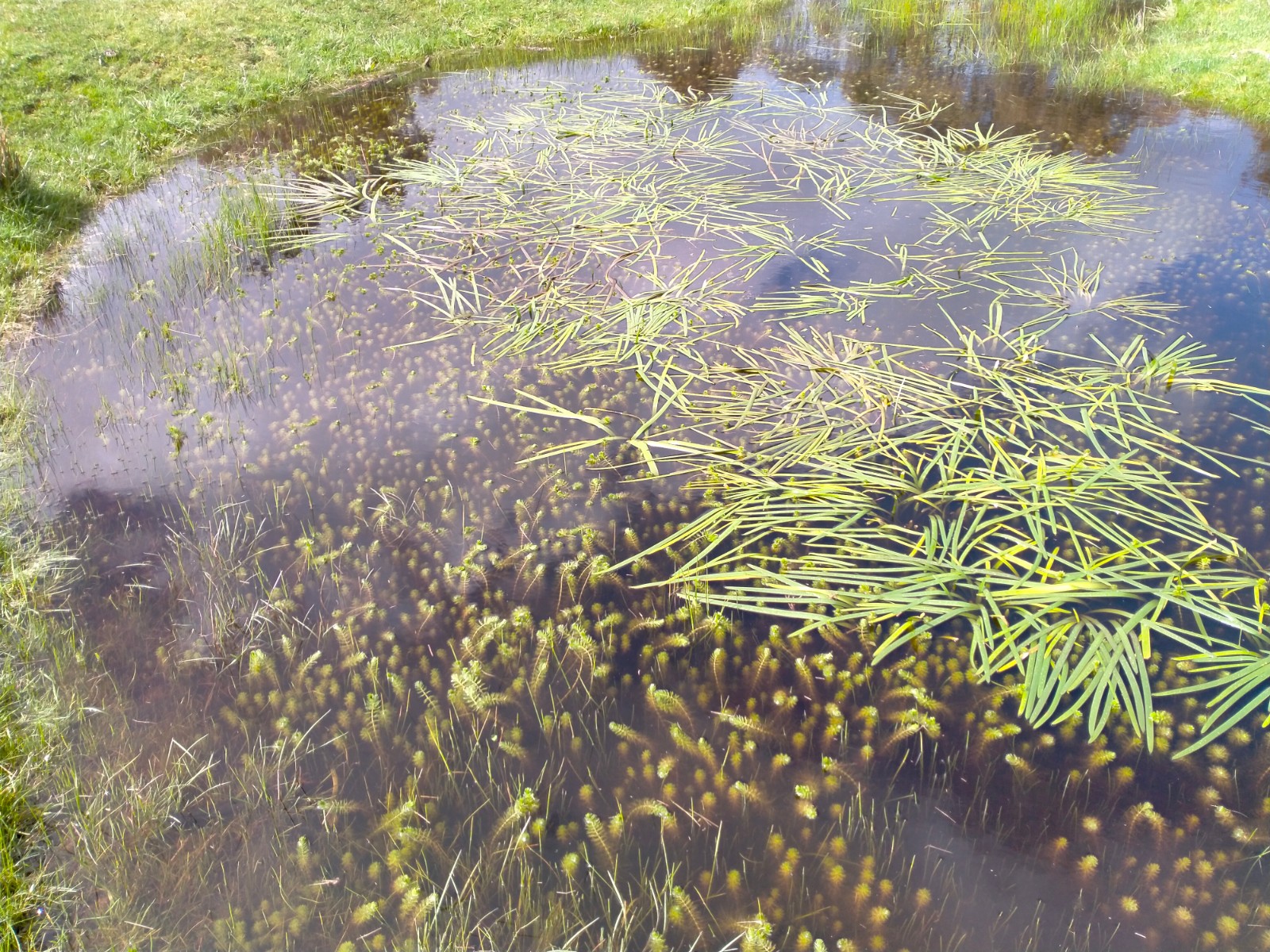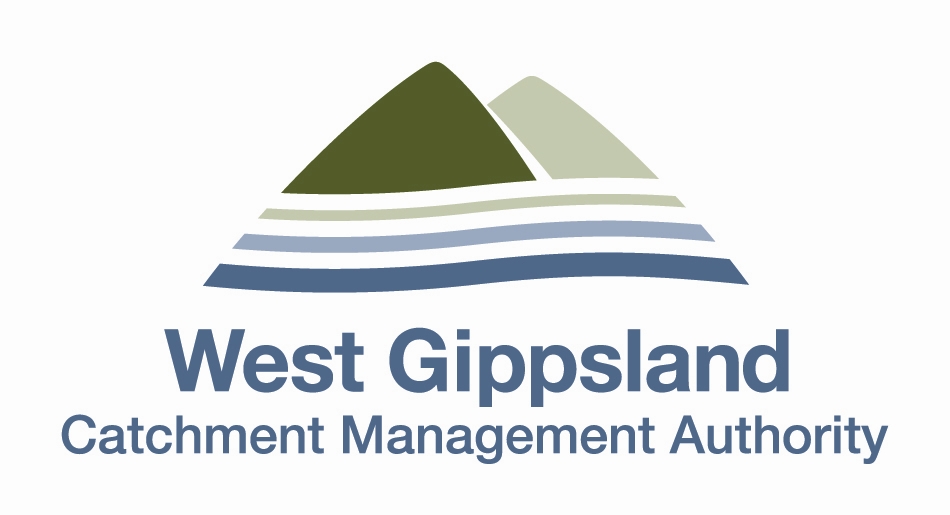Saving Chain of Ponds
Location
Pyrenees region of the upper Avoca
catchment Dja Dja Wurrung country
Outputs
- Riparian revegetation – 3 Ha
- Aquatic vegetation (1,000 plants)
- Riparian fencing (1.5km)
- Native fish management – 2 conservation stocking events (southern pygmy perch)
- Native fish management – Instream woody habitat (3 small woody habitat clusters)
- Other – 1 baseline ecological survey
Investment
$99k Murray Darling Healthy River grant $50k internal Business Development funding
Partners
Dja Dja Wurrung Aboriginal Corporation, Native Fish Australia and Australia New Guinea Fishes Assocation
Regional strategies
The project aligns with the Upper Avoca Catchment Action Plan, North Central CMA’s Regional Waterway Strategy (improving the long-term resource condition in the Upper Avoca catchment), Dhelkunya Dja Country Plan (2014 – 2034; Goal 5 – Rivers and Waterways) and more broadly, the MDBA’s Native Fish Recovery Strategy.
The Saving Chain of Ponds project is about protecting critical drought refuges for aquatic species in Mountain and Middle creeks, near Moonambel in the Pyrenees region of the upper Avoca catchment.
In the upper Avoca catchment, a remarkable tale unfolds along its waterways. Here, nature has woven a rich tapestry of aquatic life, housing a treasure trove of biodiversity. Among these hidden gems are the EPBC-listed southern pygmy perch, the FFG-listed freshwater catfish, and thriving populations of river blackfish, all of which are vital threads in the ecological fabric of this landscape.
Yet, the Avoca catchment, like many others, faces challenges. Climate change looms ominously, threatening to diminish rainfall and streamflow. In such a precarious scenario, the survival of these native fish species hinges on the protection and preservation of refuge pools – oases of life amidst drier times, especially after the harsh grip of drought.
Enter a project with a noble mission: to safeguard and enhance these precious refuge pools. Building upon a study by the Arthur Rylah Institute, the project takes root in Mountain and Middle creeks. Through a combination of stock exclusion, strategic fencing, riparian revegetation, and enhancement of littoral habitats, these sanctuaries for aquatic life are fortified.
But that’s not all; the project goes the extra mile. It pioneers the creation of surrogate sites, carefully crafted habitats that stand as insurance policies for the southern pygmy perch. These surrogate sites ensure that should adversity strike, a lifeline for these species remains intact.
In this endeavour, the North Central Catchment CMA stands shoulder to shoulder with remarkable partners. Native Fish Australia, the Australia New Guinea Fishes Association, Avoca Landcare, and the Dja Dja Wurrung (Djandak) join forces, uniting their passion and expertise to deliver the project.

Ideal habitat for southern pygmy perch in a pond connected to Middle Creek. Image North Central CMA.









